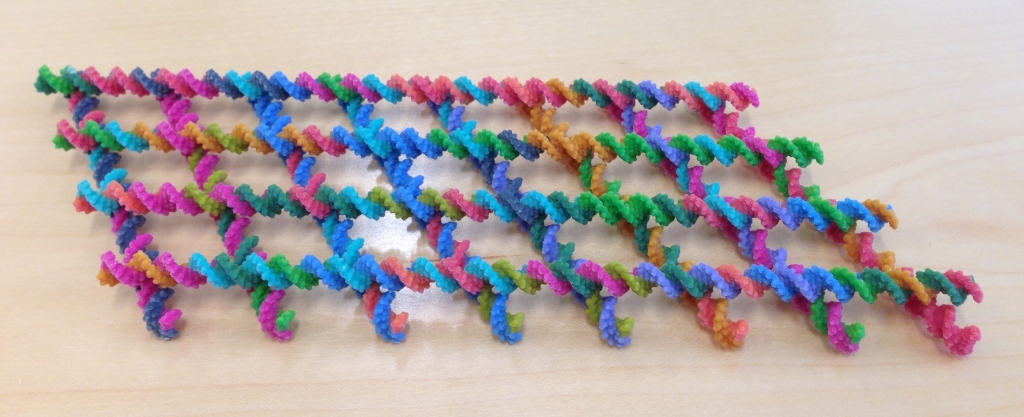The 3D printing service we use is Shapeways (https://www.shapeways.com/) where users will need to make an account. Once having an account, users can upload a 3D object and decide on the material they want it printed with. For full color users will be limited to their Sandstone material, though there are many other plastics, ceramics and metals to choose from if users want something more robust and are not interested in full color. Once the material has been picked, it is straightforward to order, though only after certain tests have been run on the structure. A 3D printed model must have certain properties for it to be printed. e.g. any mesh must be water-tight. There are many tutorials on making sure the structure is ready (https://www.shapeways.com/tutorials).
Two programs are required to generate 3D printable models from CanDo:
1. UCSF Chimera (https://www.cgl.ucsf.edu/chimera/)
Chimera is used to read either the PDB files generated by CanDo, to prepare them visually (add a molecular surface, change the colour, etc) and to then write the scene to a 3D format file. We use the .wrl (VRML format) file type as it is the best full-colour data format for printing with the 3D printer service we use. Users can certainly use .obj or .stl if they are not interested in detailed color.
2. A CAD manipulation software
We recommend AutoDesk Maya which is free under an academic license (http://www.autodesk.com/education/free-software/maya). Users can also use the freeware Blender (http://www.blender.org/). The 3D printing service Shapeways also recommends Netfabb (http://www.netfabb.com/).
Maya/Blender is used to scale the size of your structure and to make alterations. Advance usage includes adding ambient occlusion shadings to users’ structures.
A 3D-printed model of DNA assembly is presented below:


